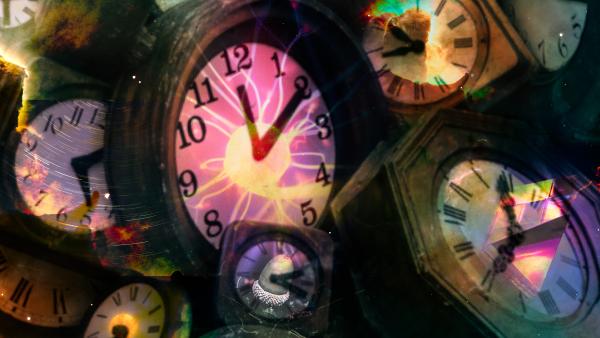Eye-to-eye epiphanies are experiences of kinship with the more-than-human world. Gavin Van Horn says kinship is also something to practice. He shares a few thoughts about how.
nature
In Chicago, writer Gavin Van Horn and environmental artist Jenny Kendler visit her new art installation, which confronts viewers with the gaze of 100 giant bird eyes. It's meant to provoke curiosity, wonder, and awareness of how many non-human eyes are always watching us.
There are two famous moments that helped shape environmental politics. Gavin Van Horn, of the Center for Humans and Nature, tells us what happened when Aldo Leopold met the eyes of a dying timber wolf and when Paul Watson looked into the eye of a dying sperm whale.
In 1960, a young primatologist stared deeply into the eyes of a wild chimpanzee. She was Jane Goodall. He was David Greybeard. Their mutual gaze changed animal science forever.
Locking eyes with another creature in the wild can be a profound experience. For physicist and writer Alan Lightman, half a second of eye contact with a pair of ospreys felt like an epiphany.
The feminist eco-philosopher Val Plumwood was one of the few people to survive a crocodile's death roll. The attack reoriented her thinking about life, death, and what it means to be human.
Clocks and calendars chop time into increments. It’s efficient, and it helps us get to meetings on time. But what does time feel like when you stop counting it?
What can we learn from the natural world — from animals, from the water — about surviving and even celebrating the cold?








